Home>Storage Ideas>Kitchen Storage>Kitchen Decluttering Checklist: 10 Things To Get Rid Of Now
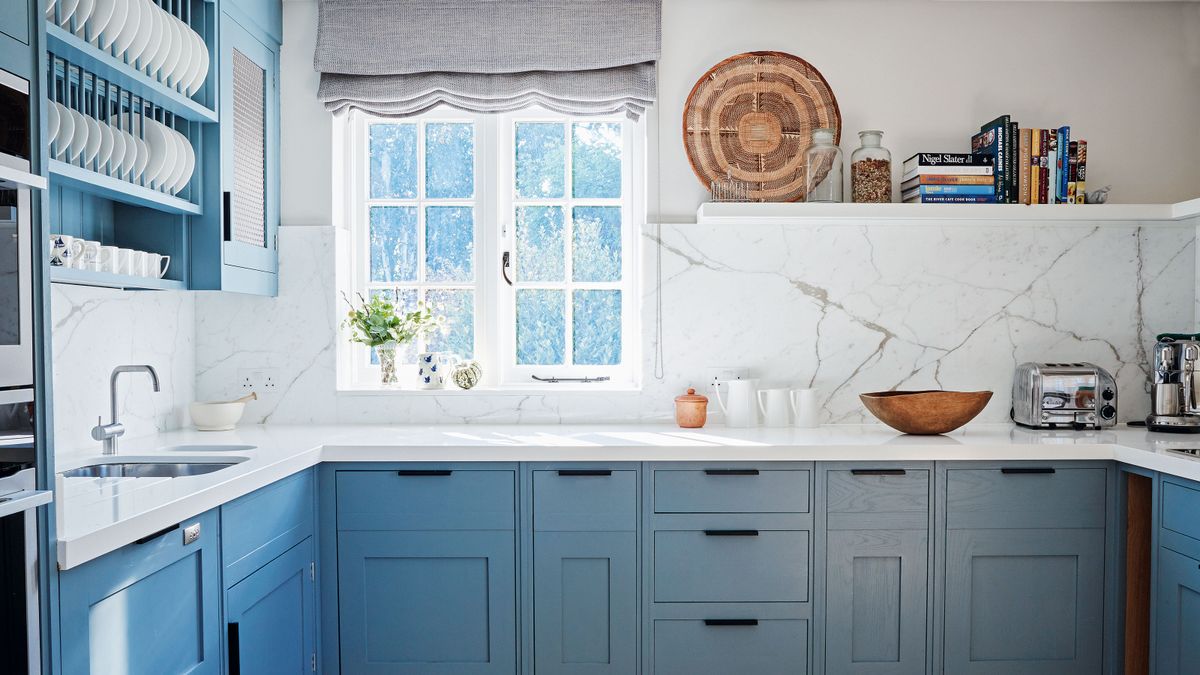

Kitchen Storage
Kitchen Decluttering Checklist: 10 Things To Get Rid Of Now
Modified: January 20, 2024
Declutter your kitchen with our checklist of 10 items you need to get rid of now. Explore our top kitchen storage ideas for a more organized space.
(Many of the links in this article redirect to a specific reviewed product. Your purchase of these products through affiliate links helps to generate commission for Storables.com, at no extra cost. Learn more)
Introduction
Welcome to the ultimate kitchen decluttering checklist! If you’re tired of a cluttered and disorganized kitchen, then you’ve come to the right place. A tidy and well-organized kitchen not only makes cooking and meal preparation easier, but it also creates a relaxing and inviting space for you and your family to enjoy.
Clutter can quickly accumulate in the kitchen, making it difficult to find what you need and adding unnecessary stress to your daily routine. By following this kitchen decluttering checklist, you’ll be able to identify and get rid of items that are taking up valuable space and are no longer useful or necessary.
So, grab a pen and paper (or your favorite note-taking app) and let’s get started on transforming your kitchen into a functional and clutter-free space!
Key Takeaways:
- Regularly decluttering your kitchen by getting rid of expired food, unused appliances, and excessive pantry items creates a clean and efficient space for enjoyable cooking and meal preparation.
- Streamlining your kitchen utensils, dishes, and decor not only reduces clutter but also enhances the visual appeal and functionality of your kitchen, making it a more inviting and peaceful environment.
Expired Food
One of the first areas to tackle when decluttering your kitchen is the pantry and refrigerator. Start by checking the expiration dates on all your food items. Discard anything that is past its expiration date or shows signs of spoilage.
Expired food not only takes up valuable space but can also pose health risks if consumed. It’s important to regularly check and rotate your food to ensure that you are using items before they expire.
As you go through your pantry and refrigerator, be sure to check for any open or partially used items that have been sitting for too long. These may include condiments, sauces, or leftovers. If they have been in the fridge for more than a few days or have developed an off smell or taste, it’s best to get rid of them.
To prevent future food waste, consider organizing your pantry and fridge in a way that makes it easy to see and access all your items. Use clear storage containers or bins to group similar items together and label everything with the expiration dates. This will help you stay aware of what needs to be used up before it goes bad.
By getting rid of expired food and practicing good organization habits, you’ll have a clean and efficient kitchen that is stocked with fresh and healthy ingredients.
Unused or Broken Appliances
Do you have a kitchen appliance graveyard where unused or broken appliances go to gather dust? Well, it’s time to clear out that space! Take a look at your collection of appliances and identify the ones that you rarely or never use.
Unused appliances can take up precious counter or cabinet space, making your kitchen feel cluttered and cramped. Consider donating or selling these appliances to someone who will actually use them. Not only will this free up space in your kitchen, but it will also give someone else the opportunity to benefit from these appliances.
When evaluating your appliances, also take note of any that are broken or no longer functioning properly. Holding onto broken appliances not only takes up space but also makes it difficult to effectively use your kitchen. Consider repairing them if it’s a simple fix, or if they are beyond repair, responsibly dispose of them.
Streamlining your appliances to only those that you frequently use will not only declutter your kitchen but also make it easier to find and access the items you need. It will also make cleaning your countertops and cabinets a breeze!
If you have appliances that you rarely use but are hesitant to get rid of, consider storing them in a designated area outside of the kitchen. This could be in a basement, garage, or storage room where they are out of sight but still accessible if needed.
By clearing out unused or broken appliances, you’ll have a more functional and organized kitchen with space for the appliances that truly enhance your cooking and meal preparation.
Unused or Duplicates of Kitchen Utensils
Take a moment to assess your collection of kitchen utensils. Are there utensils that you rarely use or have never used? Are there multiple duplicates of the same utensil? If so, it’s time to declutter and streamline your utensil drawer or container.
Unused or unnecessary utensils can clutter your kitchen and make it more difficult to find the tools you actually need. Consider donating or giving away any utensils that you haven’t used in a long time or don’t serve a specific purpose in your cooking routine.
Similarly, having multiple duplicates of the same utensil can lead to unnecessary clutter. Assess which utensils you actually use on a regular basis and keep one or two of each. The rest can be donated or given to someone who may find them useful.
As you’re decluttering your utensils, take the opportunity to organize them in a way that makes sense to you. You could use dividers or separate containers to group similar utensils together, making them easier to find when you need them. Consider hanging frequently used utensils on a wall-mounted rack or magnetic strip to save drawer space and keep them within reach.
By decluttering and organizing your utensils, you’ll have a more functional and efficient kitchen. Cooking and meal preparation will become a breeze when you can easily locate and access the utensils you need, without the unnecessary clutter getting in the way.
Outdated or Unused Cookbooks
Do you have a collection of cookbooks gathering dust on your shelves? It’s time to assess and declutter your cookbook collection. Many of us tend to accumulate cookbooks over time, but often we find ourselves sticking to a handful of favorite recipes or relying on online resources for culinary inspiration.
Start by going through your cookbooks one by one. Ask yourself if you have used the cookbook recently or if you are likely to use it in the future. If the answer is no, it may be time to part ways with it.
Consider donating your unused cookbooks to a local library, school, or community center. These organizations may have use for them or be able to sell them to raise funds for their programs. Alternatively, you could gift them to a friend or family member who may find them more valuable.
If you have cookbooks that you do use regularly, consider organizing them in a way that makes them easily accessible. You could sort them by cuisine, author, or type of dish. This will not only declutter your shelves but also make it easier for you to find the recipes you want when you need them.
If you find yourself hesitant to part with physical cookbooks but rarely use them, consider digitizing your favorite recipes. You can scan or take photos of the recipes and create a digital recipe collection on your computer or tablet. This will save space and allow you to easily access your favorite recipes with just a few clicks.
By decluttering and organizing your cookbook collection, you’ll have a more streamlined kitchen and be able to focus on the recipes and resources that truly inspire you in your culinary adventures.
Chipped or Mismatched Dishes and Glassware
Is your cupboard filled with chipped, cracked, or mismatched dishes and glassware? It’s time to bid farewell to these clutter-causing items and create a more cohesive and visually appealing kitchen.
Chipped dishes and glassware not only look unsightly but can also be unsafe to use. They can pose a risk of cuts or breakage during use. It’s best to get rid of any chipped or cracked items for the sake of safety and aesthetics.
Similarly, having mismatched dishes and glassware can create a cluttered and disorganized look in your kitchen. Not only does it make it difficult to find matching items, but it also takes up unnecessary space.
Take the time to go through your collection of dishes and glassware and identify the ones that are chipped, cracked, or don’t have a matching set. If the items are still in good condition, consider donating them to a local charity or thrift store where they can find a new home.
Once you’ve decluttered the damaged and mismatched items, assess what you have left. Are there any pieces that you rarely use or don’t resonate with your personal style? If so, consider donating or giving them away to someone who might appreciate them more.
Organize your remaining dishes and glassware in a way that is visually pleasing and makes it easy to locate what you need. If possible, keep similar items together and stack them neatly to save space. You can also consider using drawer dividers or shelf organizers to keep everything in place.
By decluttering and organizing your dishes and glassware, you’ll have a more harmonious and functional kitchen. Mealtime will be more enjoyable when you have a well-coordinated set of dishes and glassware that you love to use.
When decluttering your kitchen, start by getting rid of duplicate utensils and gadgets that you rarely use. This will free up valuable space and make it easier to find what you need.
Unused or Empty Containers and Jars
Do you have a collection of empty containers and jars taking up valuable space in your kitchen? It’s time to declutter and make room for the items you actually need.
Start by going through your collection and assessing which containers and jars you truly use and which ones have been sitting empty for months. If you find empty containers that no longer serve a purpose or have been replaced by newer ones, it’s time to let them go.
Consider recycling or responsibly disposing of empty containers and jars that are no longer useful. If you have a recycling program in your area, check if these items can be recycled. If not, find a way to dispose of them in an environmentally friendly manner.
If you have unused containers or jars that are still in good condition, consider donating them to a local food bank or community organization. These places often accept donations of containers for storing leftover meals or distributing food to those in need.
As you declutter, take the opportunity to organize the containers and jars you want to keep. Stack them neatly, placing smaller containers inside larger ones to save space. You can also use dividers or drawer organizers to keep them in order.
Another helpful tip is to invest in a set of reusable food storage containers that are stackable and come in various sizes. These containers are great for storing leftovers and ingredients, reducing the need for excessive empty jars and containers.
By decluttering and organizing your collection of containers and jars, you’ll have a more efficient kitchen with space dedicated to the items you actually use. Meal preparation and storage will become easier when you have a well-organized selection of containers at your disposal.
Expired or Unused Spices and Seasonings
When was the last time you went through your spice cabinet or drawer? Over time, spices and seasonings can lose their flavor and potency, rendering them ineffective in adding that special touch to your dishes. It’s time to declutter and refresh your collection.
Start by taking out all your spices and seasonings and checking their expiration dates. Discard any that have expired or are past their prime. Expired spices not only lack flavor but can also affect the taste and quality of your meals.
Next, evaluate the spices and seasonings that you rarely use or have never even opened. If they have been sitting untouched for a long time, it’s time to let them go. Consider donating unopened and unexpired spices to a local food pantry or community organization where they will be put to good use.
Organize your remaining spices and seasonings in a way that makes it easy to see and access what you need. Consider using spice racks, drawer inserts, or clear containers to keep everything organized and visible.
When restocking your spice collection, consider buying small quantities or whole spices that you can grind yourself. Whole spices have a longer shelf life and can be ground as needed for maximum flavor. This way, you can minimize waste and keep your collection fresh.
Develop a system for labeling your spices with the purchase or expiration dates to help you keep track of their freshness. Regularly assess your spice inventory and replenish or discard items as needed.
By decluttering and organizing your spices and seasonings, you’ll have a well-stocked and efficient kitchen. Cooking will become more enjoyable and flavorful when you have a fresh and organized selection of spices and seasonings at your fingertips.
Worn Out or Stained Kitchen Linens
Kitchen linens, such as dish towels, oven mitts, and aprons, often endure heavy use and can quickly become worn out or stained. It’s important to regularly assess the condition of your kitchen linens and declutter those that have seen better days.
Take a look at your dish towels and assess if they are still absorbent and in good condition. If you notice frayed edges, holes, or extensive wear and tear, it’s time to bid them farewell. Similarly, check your oven mitts for any signs of burns or wear that compromise their protective qualities.
Stained kitchen linens can make your kitchen look unkempt and unclean. Evaluate your linens for stains that cannot be removed, even after washing. If the stains are permanent or persistent, it’s best to let go of these items to maintain a fresh and appealing kitchen.
When decluttering your worn out or stained kitchen linens, consider repurposing them. For example, you can use old dish towels as rags for cleaning other parts of your home or for outdoor tasks like gardening. Be sure to thoroughly wash them before repurposing to ensure hygiene.
Once you’ve cleared out the linens that are no longer usable, it’s time to organize the ones you choose to keep. Consider separating them into categories, such as dish towels, oven mitts, and aprons, and storing them in designated drawers or hanging them on hooks for easy access.
To prevent your kitchen linens from wearing out too quickly, rotate through them regularly and wash them as needed. This will help maintain their freshness and extend their lifespan.
By decluttering worn out or stained kitchen linens and organizing the ones you choose to keep, you’ll create a tidy and functional kitchen. Cooking and cleaning will be more enjoyable when you have linens that are in good condition and ready to assist you in your culinary endeavors.
Excessive or Expired Pantry Items
Is your pantry overflowing with an abundance of food items that you rarely use? It’s time to declutter and create space for the essentials. Start by assessing your pantry and identifying any excessive or expired items.
Excessive pantry items can create clutter and make it difficult to find what you need. They may also lead to waste if they go unused before their expiration dates. Evaluate which items you can realistically use within a reasonable timeframe and consider donating the rest to a local food bank or a friend in need.
Next, check the expiration dates on your pantry items. Discard anything that is past its expiration date or that shows signs of spoilage. Expired food can be harmful if consumed and can impact the taste and quality of your meals.
As you declutter your pantry, take the opportunity to organize your remaining items. Group similar items together and use storage containers or clear bins to keep things organized and easily accessible. Consider placing frequently used items at eye level for easy reach and labeling containers with their contents and expiration dates.
Going forward, practice mindful shopping by making a list before you go to the grocery store and sticking to it. This will help prevent the accumulation of unnecessary pantry items that may go unused.
Regularly check and rotate your pantry items to ensure that you are using the oldest ones first. Keep an inventory of your pantry items to help you keep track of what you have and plan meals accordingly.
By decluttering and organizing your pantry, you’ll have a more streamlined and efficient kitchen. Cooking and meal planning will become easier when you have a well-organized pantry stocked with fresh and useful items.
Clutter and Unnecessary Kitchen Decor
Is your kitchen cluttered with unnecessary decor items that serve no practical purpose? It’s time to declutter and create a clean and functional space. Evaluate your kitchen decor and let go of items that don’t contribute to the overall functionality or aesthetics of your kitchen.
Start by removing any items that are cluttering your countertops. Keep only essential items, such as frequently used appliances or utensil holders, within easy reach. Clearing off your countertops will not only create a more spacious and organized look but also make it easier to clean and prep meals.
Next, assess your kitchen decor pieces. Consider if they are still in line with your personal style and if they enhance the overall ambiance of your kitchen. If any items feel out of place or no longer spark joy, it may be time to find them a new home.
Keep in mind that less is often more when it comes to kitchen decor. Opt for a minimalist and streamlined approach, allowing a few carefully chosen pieces to make a statement. This will create a visually appealing and clutter-free space.
If you have sentimental kitchen decor items that you can’t bear to part with, find designated spots to display them that won’t add to the clutter. Consider hanging them on walls or placing them on shelves to showcase their sentimental value without overwhelming the space.
Finally, organize your remaining decor items in a way that is visually pleasing and complements the overall design of your kitchen. Consider using trays or baskets to group smaller items together, creating a cohesive and organized display.
By decluttering and streamlining your kitchen decor, you’ll have a more serene and functional space. Cooking and spending time in your kitchen will be more enjoyable when unnecessary clutter is removed and the focus is on a few carefully selected decor pieces that enhance the overall atmosphere.
Conclusion
Congratulations! You’ve made it through the ultimate kitchen decluttering checklist. By following these steps, you’ve taken the necessary measures to create a clean, organized, and functional kitchen space.
Decluttering your kitchen not only improves the visual appeal of the space but also enhances its functionality. With a clutter-free environment, you’ll be able to find what you need quickly, streamline your meal preparation process, and enjoy a more enjoyable cooking experience.
From getting rid of expired food and unused appliances to decluttering excess utensils and spices, you’ve tackled every area of the kitchen that tends to accumulate unnecessary items.
Remember, maintaining an organized kitchen requires consistent effort. Regularly assess your pantry, utensils, linens, and decor to ensure that they stay clutter-free. Avoid unnecessary purchases and opt for smart storage solutions to maximize your space.
Not only will a decluttered kitchen save you time and effort, but it will also create a more inviting and peaceful environment for you and your family to enjoy. Imagine walking into a kitchen where everything has its place and there’s ample space for creativity and inspiration to flourish.
So, take a deep breath, roll up your sleeves, and let the decluttering process begin. You’ll be amazed at how a few simple changes can transform your kitchen into a space that reflects your style and makes cooking a joyous experience.
Now go forth and tackle that clutter – your organized and efficient kitchen awaits!
Frequently Asked Questions about Kitchen Decluttering Checklist: 10 Things To Get Rid Of Now
Was this page helpful?
At Storables.com, we guarantee accurate and reliable information. Our content, validated by Expert Board Contributors, is crafted following stringent Editorial Policies. We're committed to providing you with well-researched, expert-backed insights for all your informational needs.
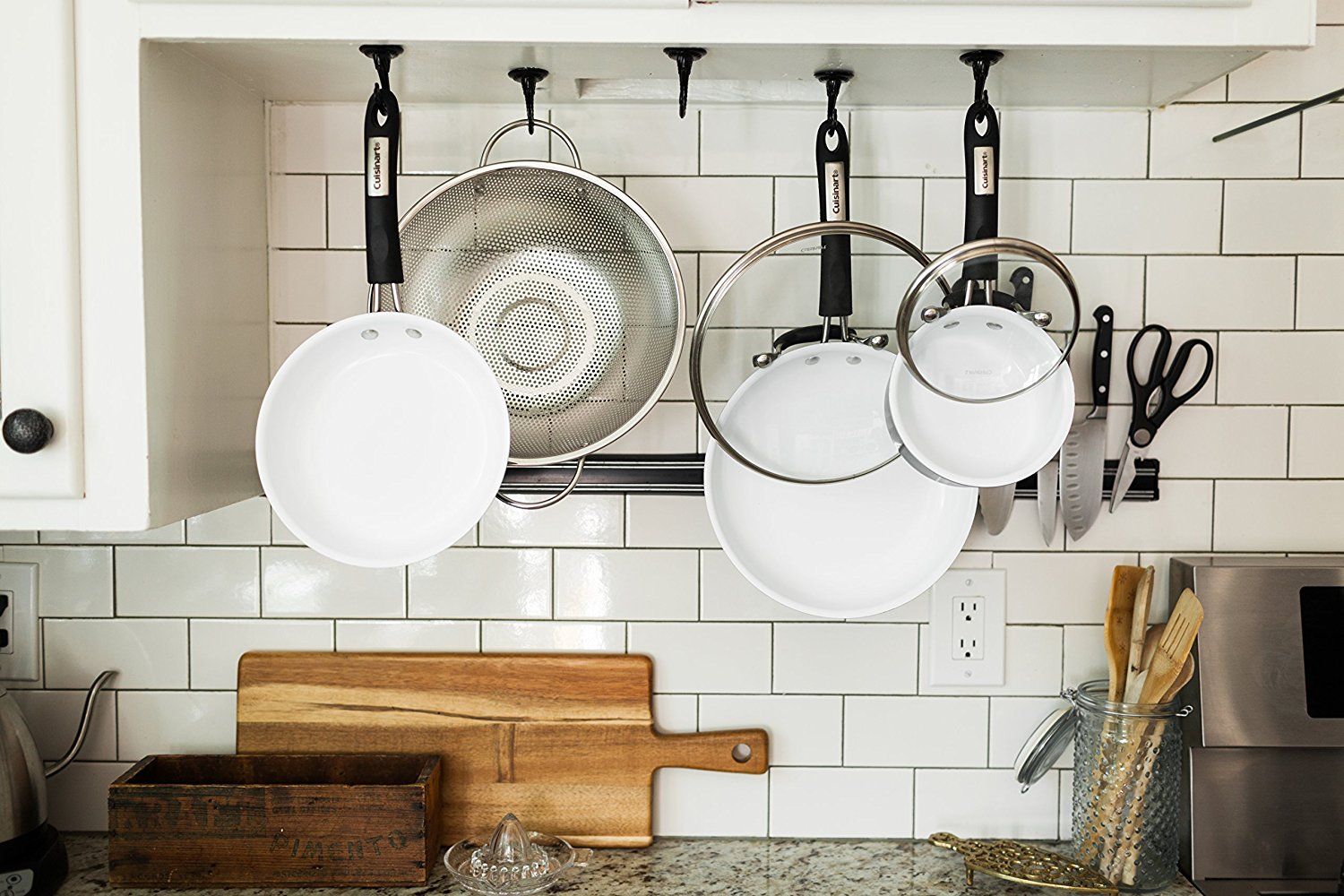
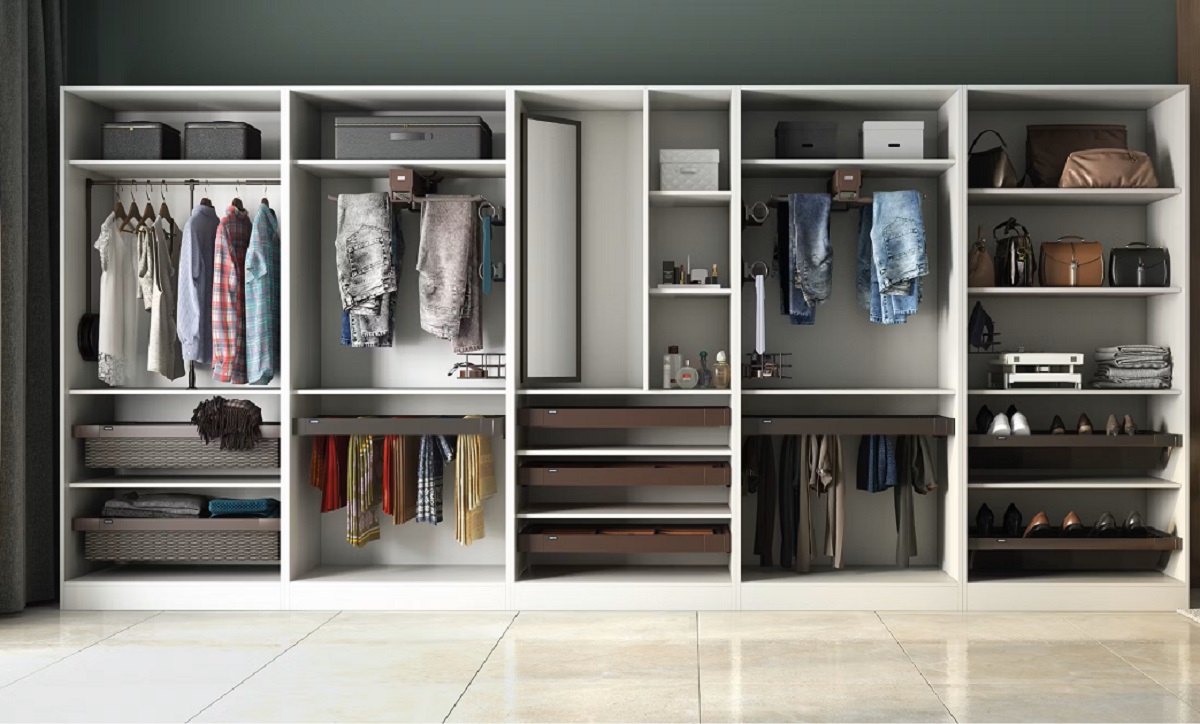
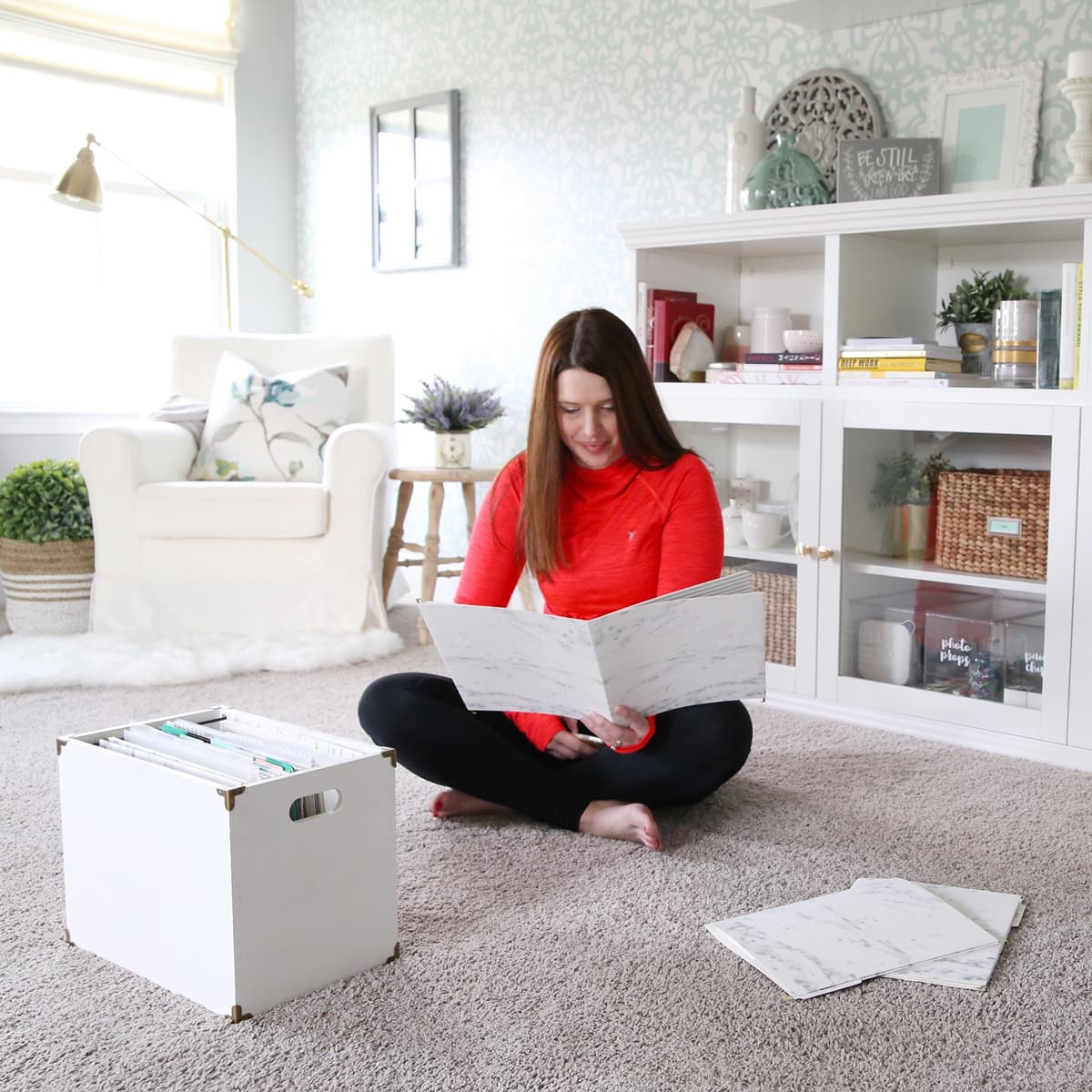
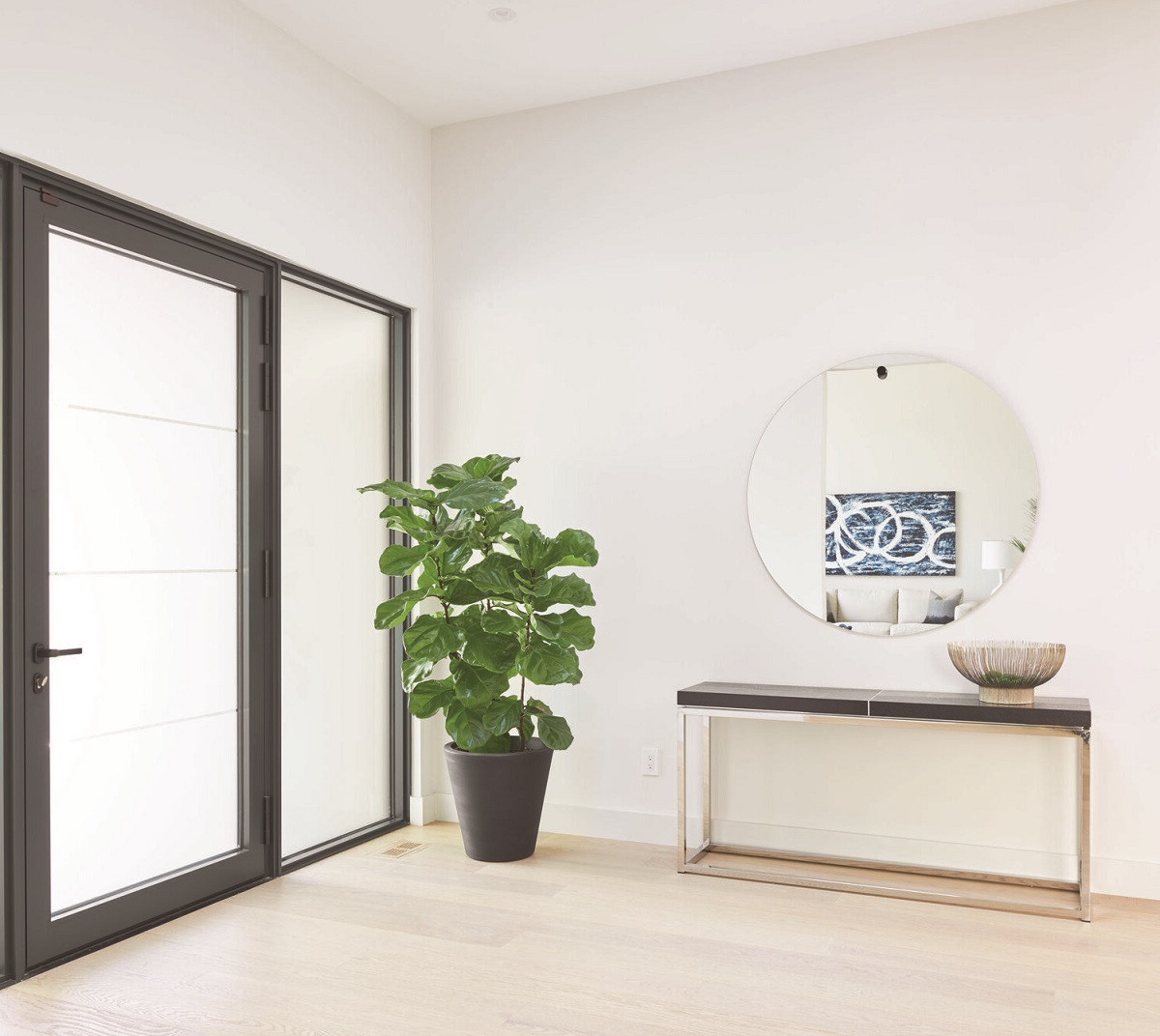
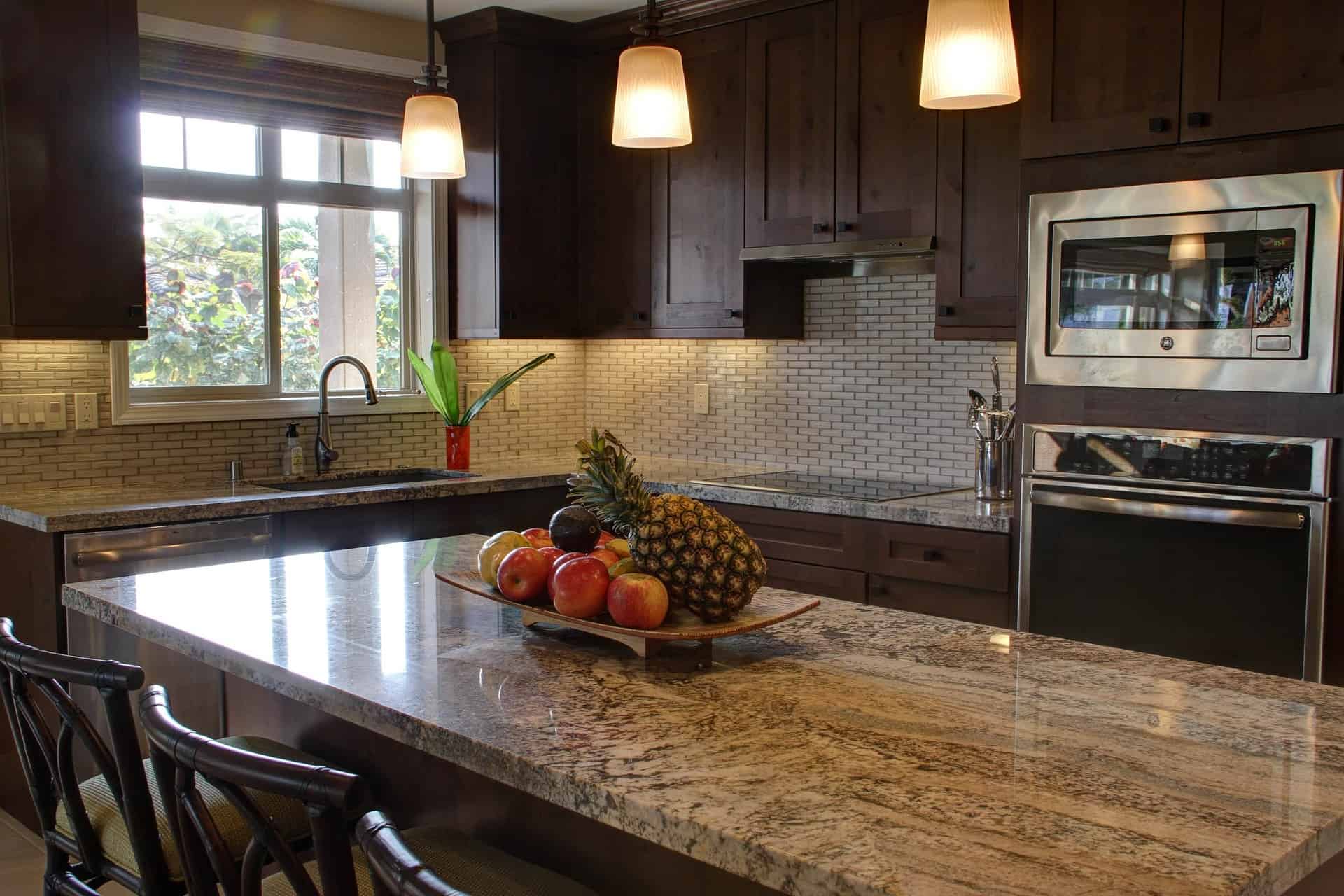

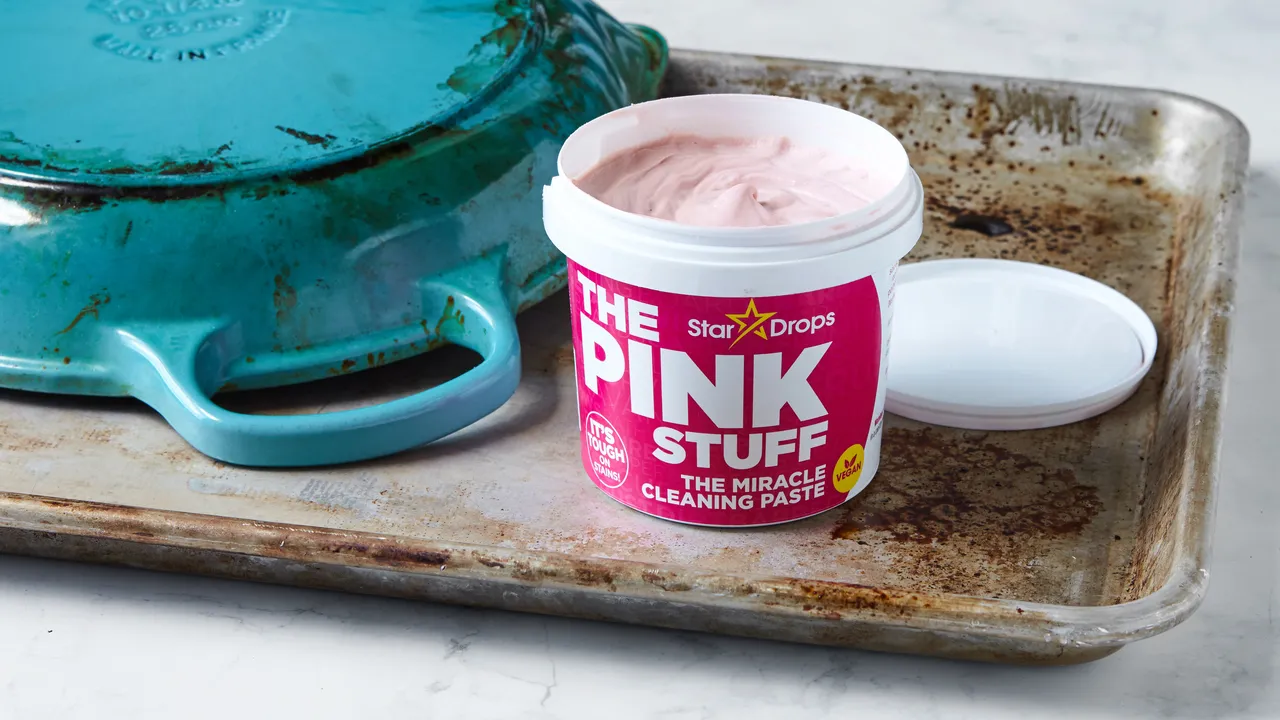
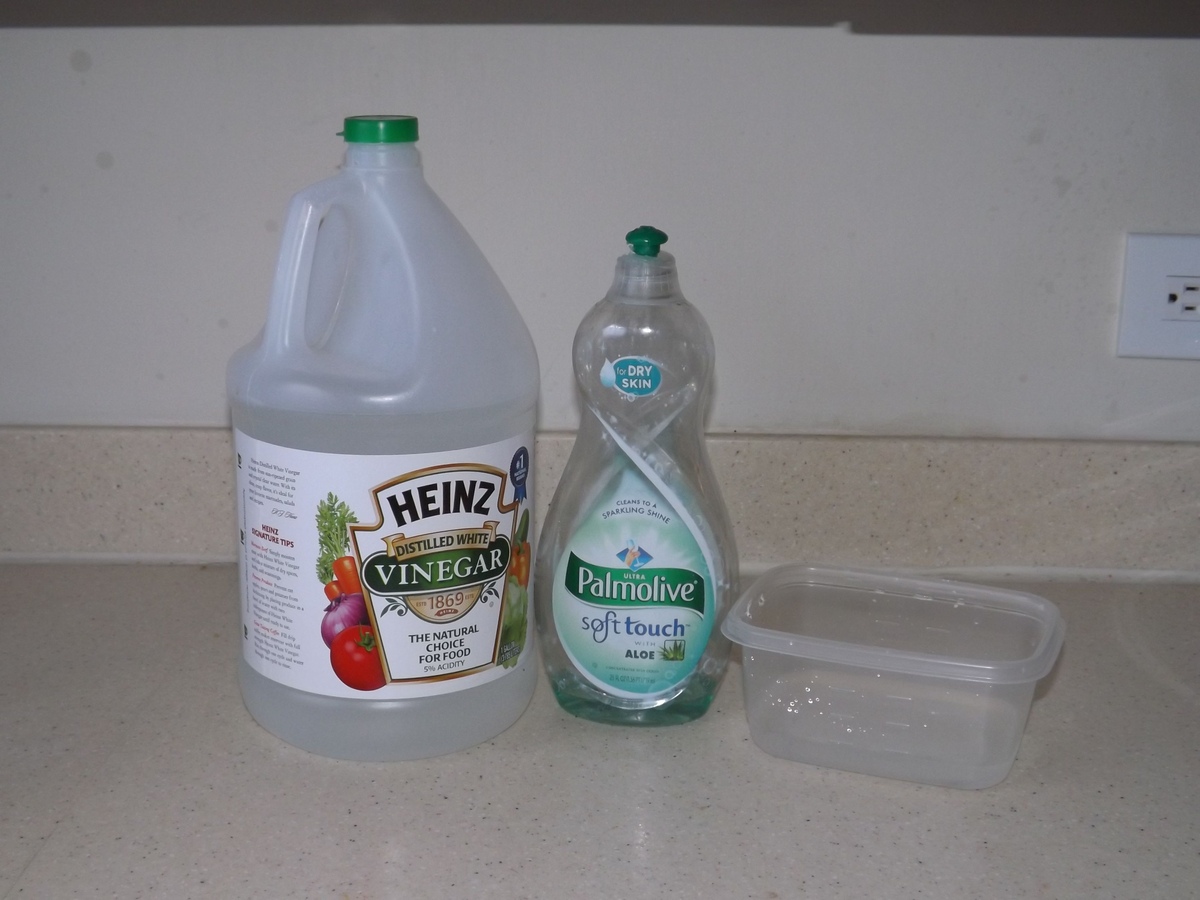
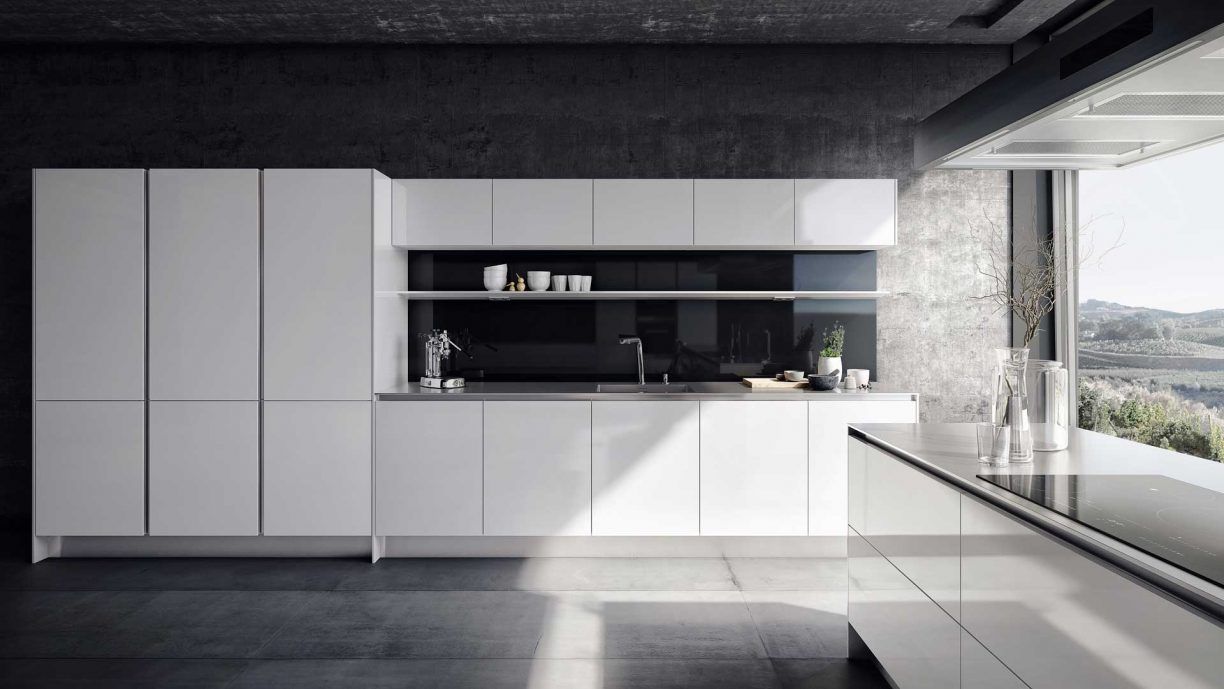

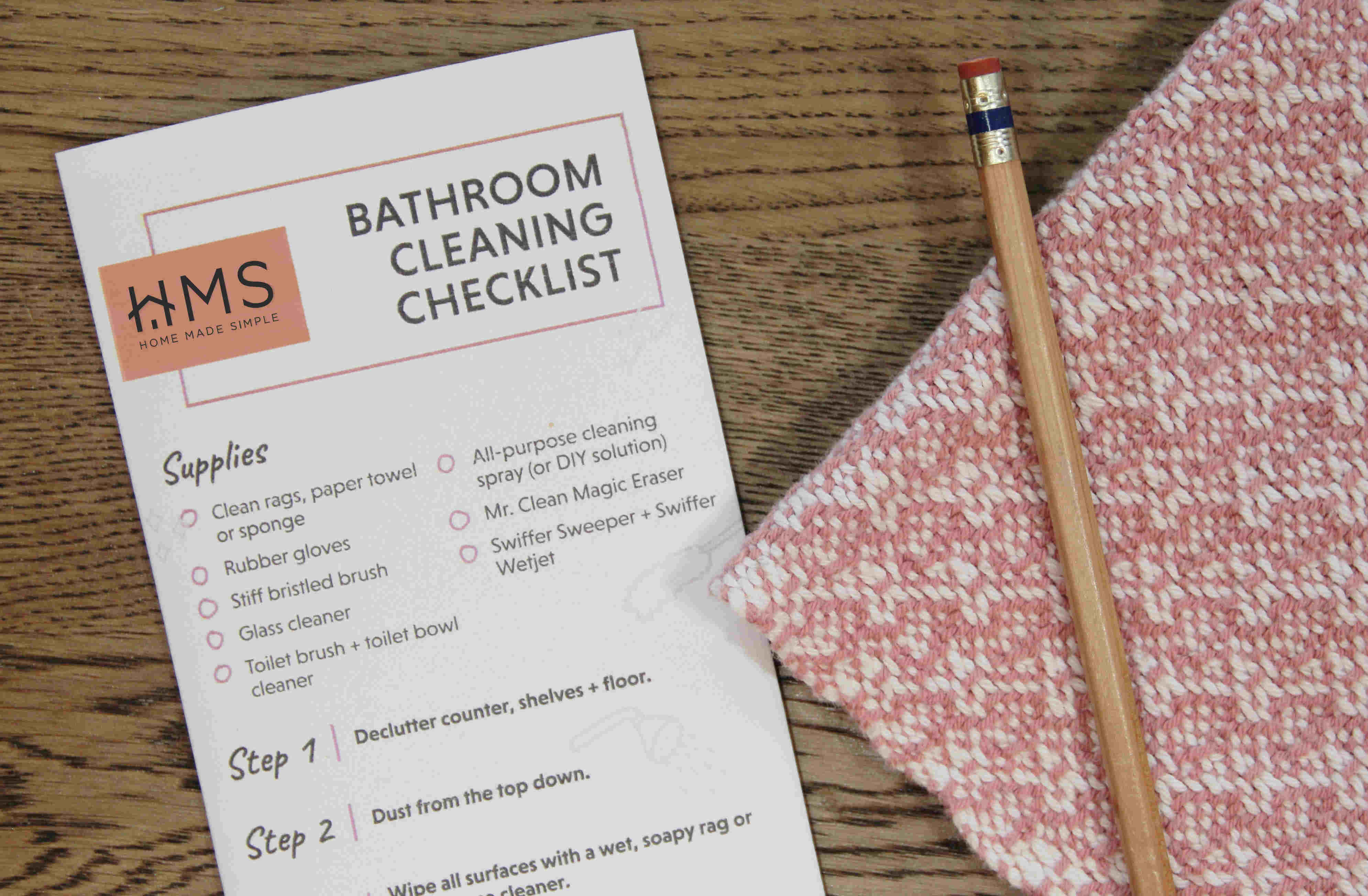

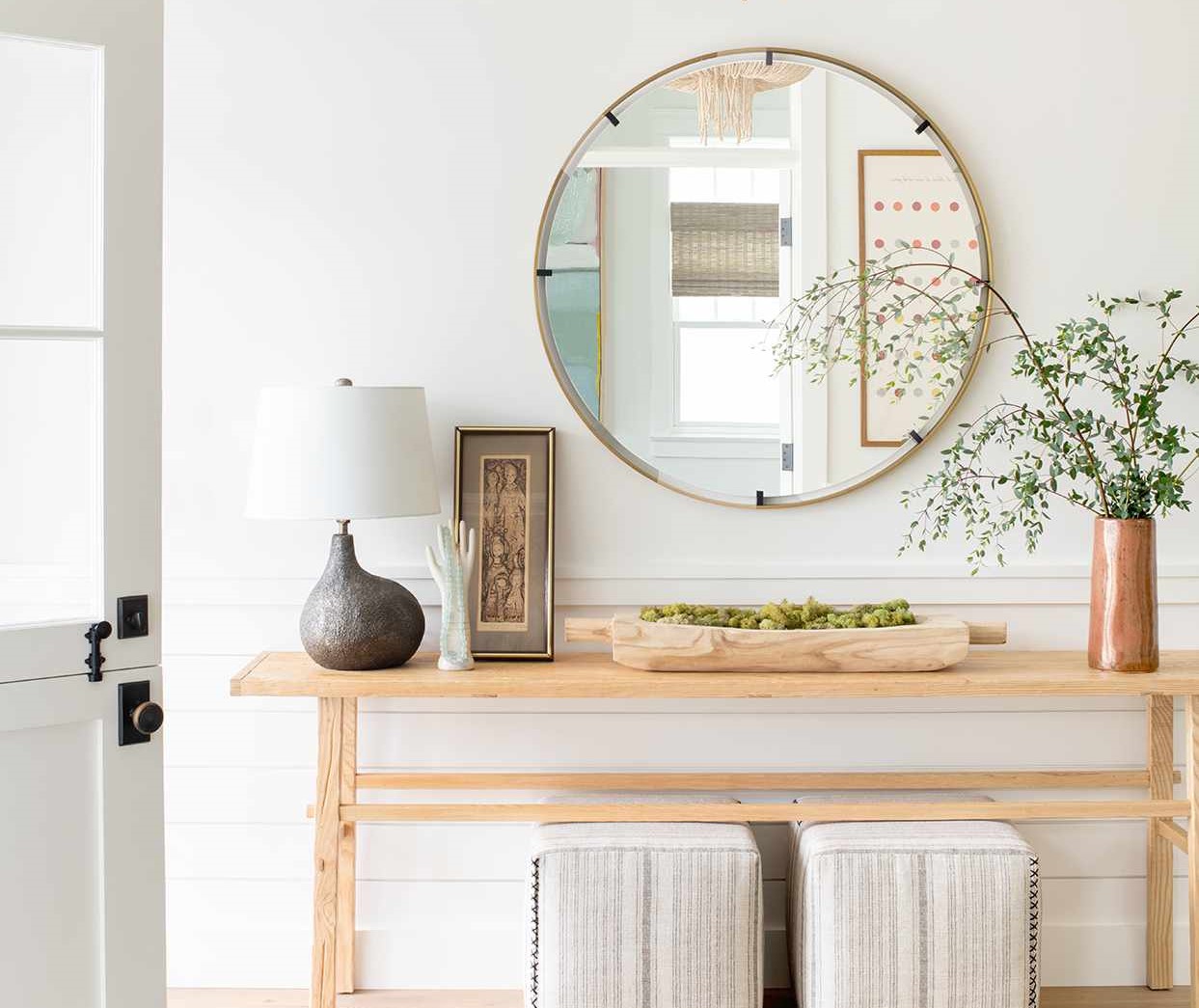

0 thoughts on “Kitchen Decluttering Checklist: 10 Things To Get Rid Of Now”